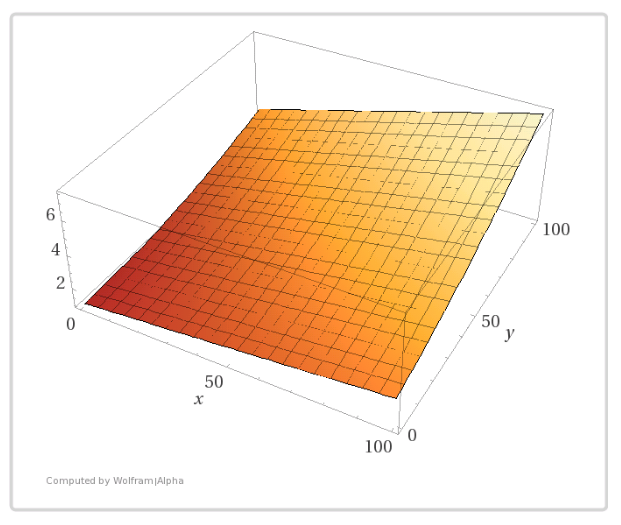by Jason Sams, Lead Developer
In Spy DNA we have talked about how you can queue actions for your characters. When we were discussing the difference in behaviors of well trained troops or agents, vs thugs, vs civilians, one of the things that came up is how quickly a character can evaluate the situation and choose their action.
One of the concepts we have introduced to represent this in-game is the idea of a character being indecisive. To model this we introduced a skill called “Combat Tactics”. It’s a passive skill.
We used to key a character’s combat response off of their highest combat skill, but after thinking this through, we concluded this was not an accurate portrayal of how people respond in a tactical situation.
Let’s say we’ve got someone who’s a very skilled marksman while shooting at the range, but has no actual combat experience. Such a person would do worse in combat than a basic soldier who may have a significantly worse shooting skill, but has been trained specifically for a combat situation.
The new “Combat Tactics” skill will use mental quickness as its primary attribute, and mental memory as its secondary attribute. When an NPC decides to change their course of action in response to something it sees, this skill will be used to generate hesitation before starting the next action. This means some civilians and green troops may freeze for a bit once things go loud.
So how does this impact PCs?
When a PC is carrying out their queued actions this will not affect them at all. However, should you cancel your action queue, we will generate a hesitation for the character to represent this changing of their mind. Some PCs will be able to do this almost for free, either due to extreme mental quickness (Margo), or lots of training (Ivan). On the other end of the spectrum, avoid changing things up on Karsten, who’ll need some time to figure out the next steps. In effect it will be important for some characters to stick to the plan, whatever plan you made.
The “Combat Tactics” skill will improve with use, but the governing attributes will still have a large impact on how fast a character can respond to the change of orders.











